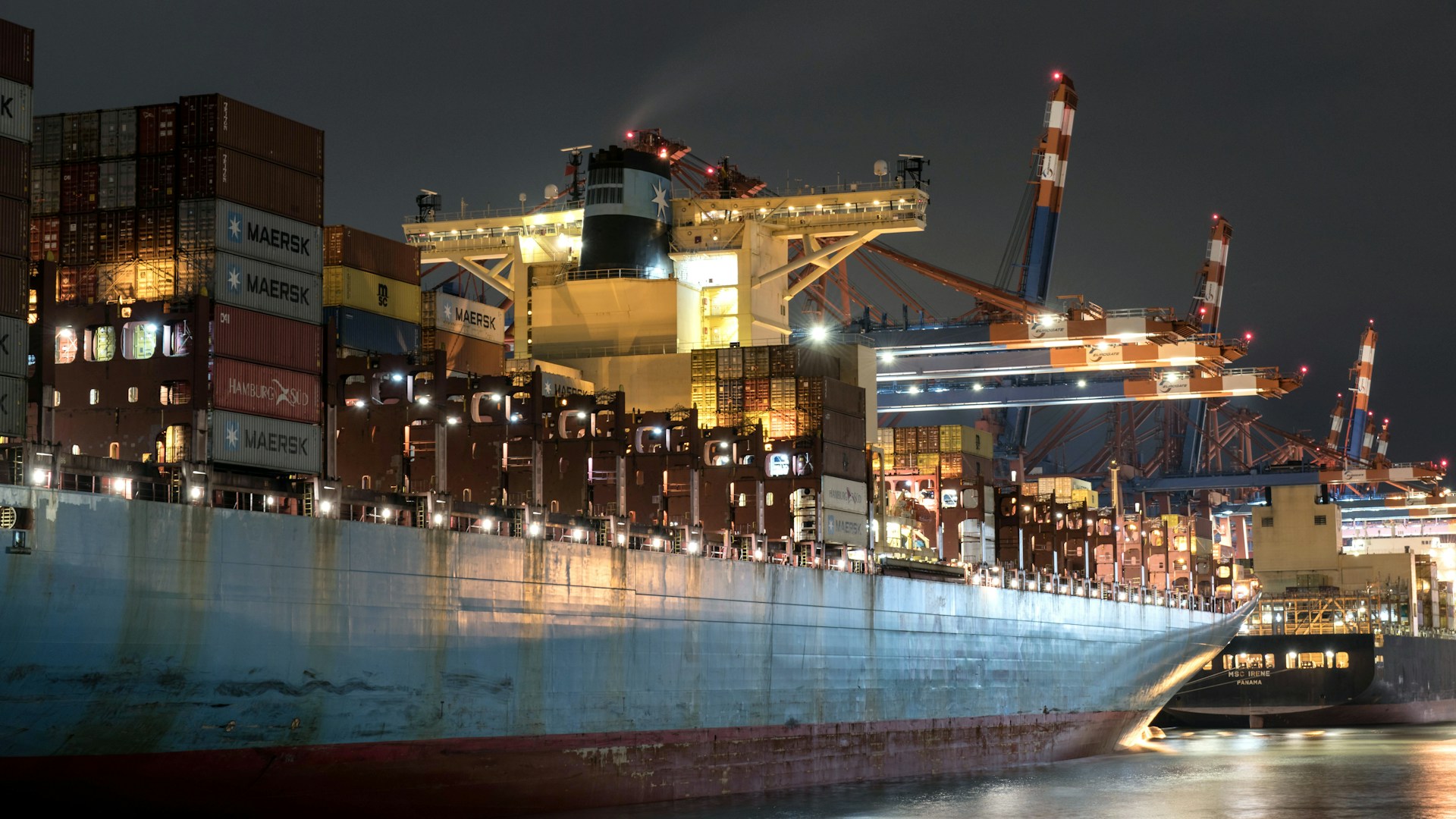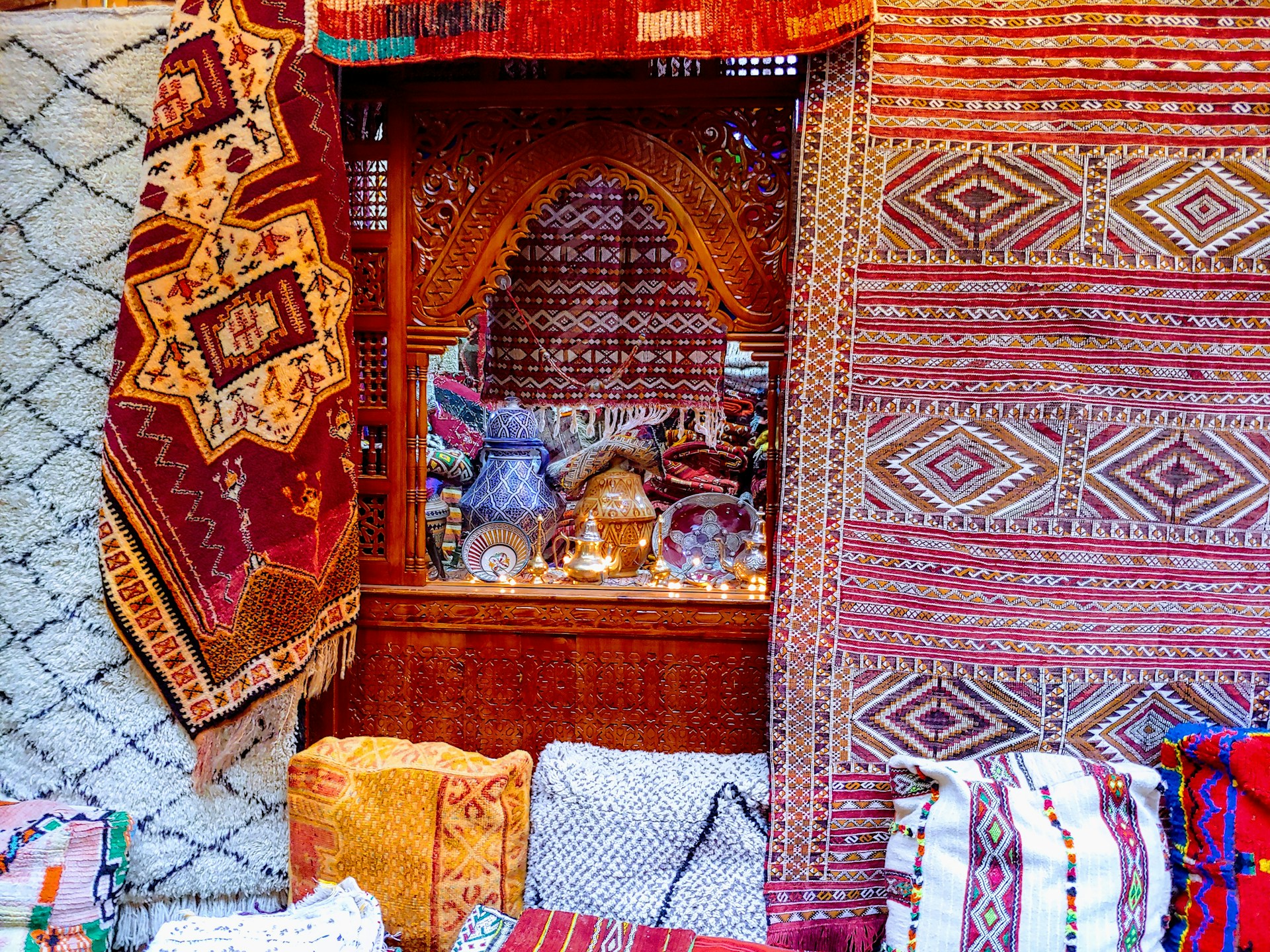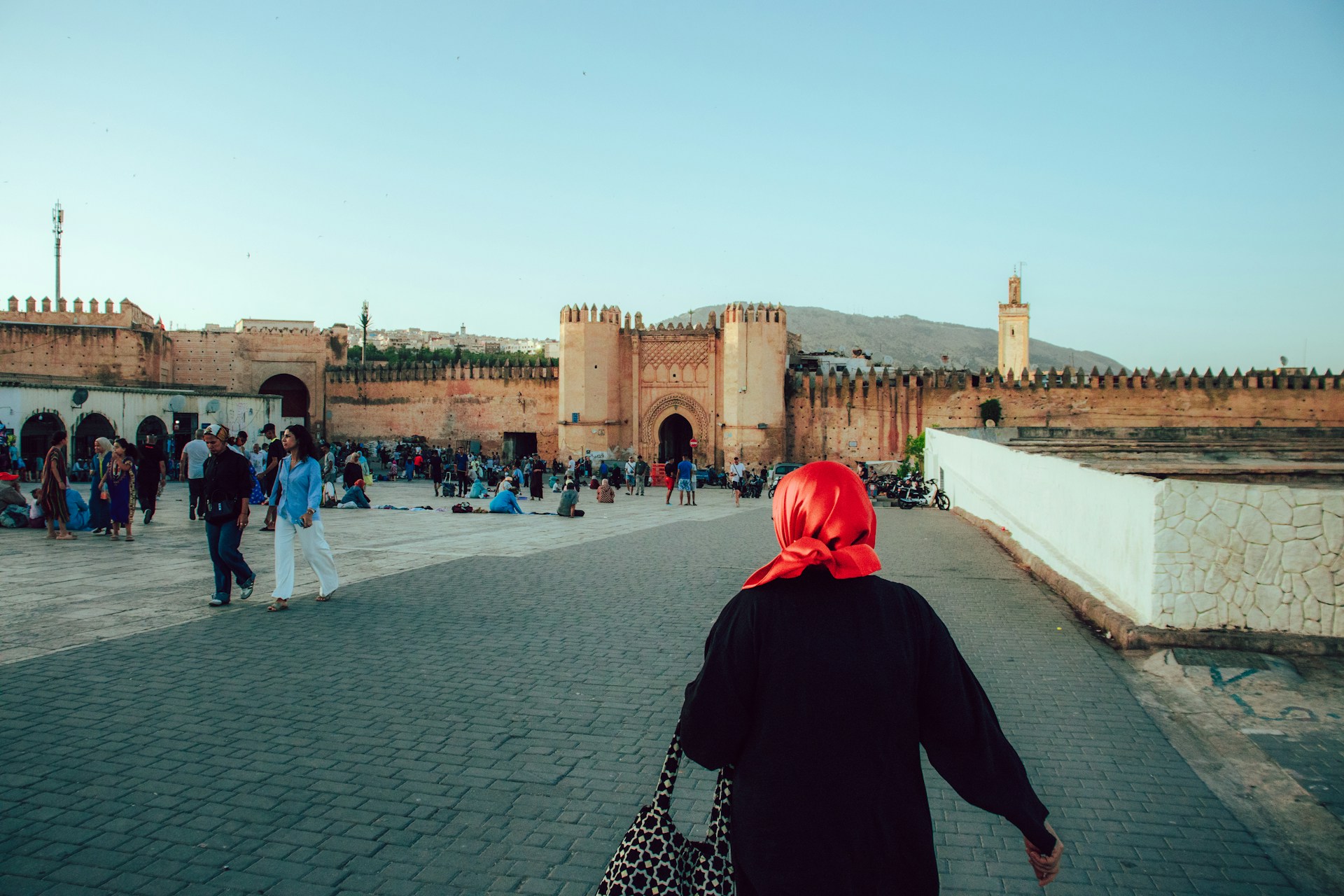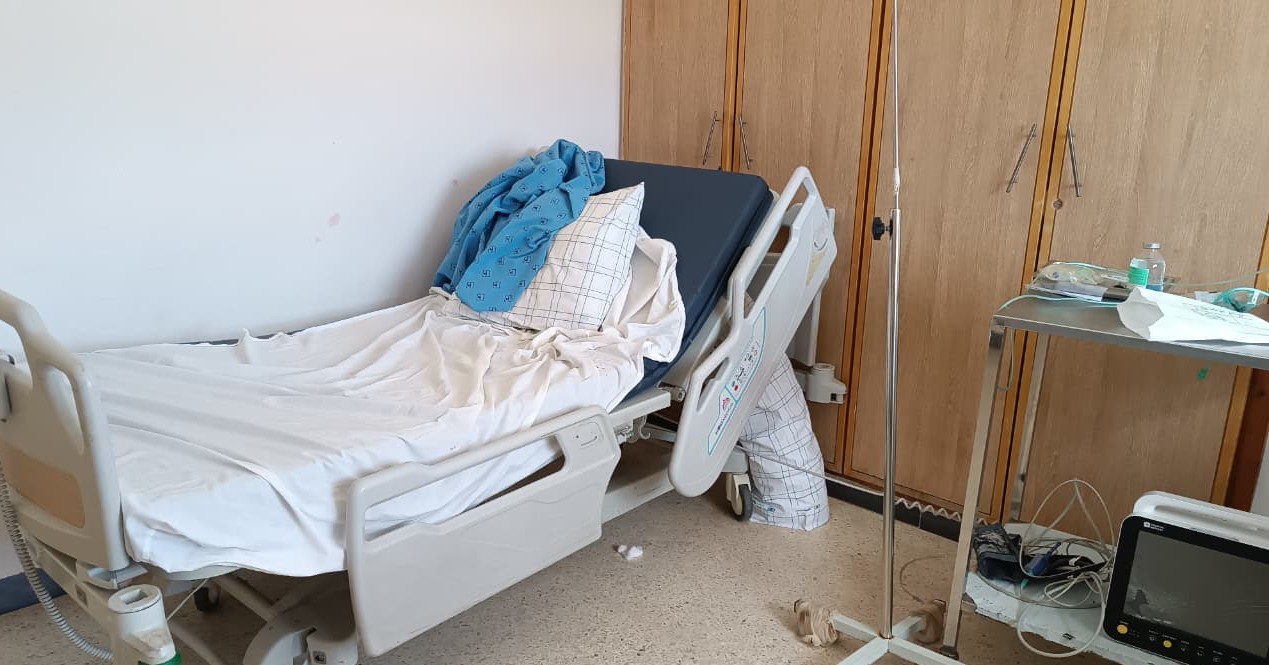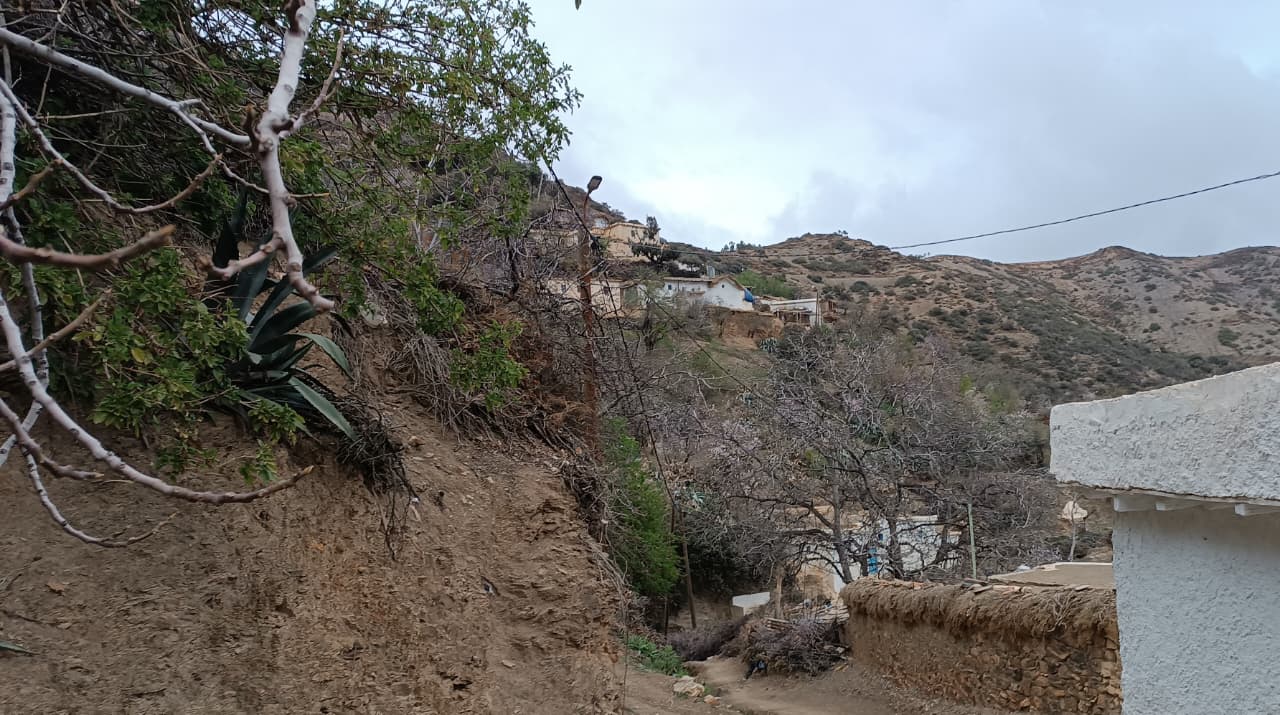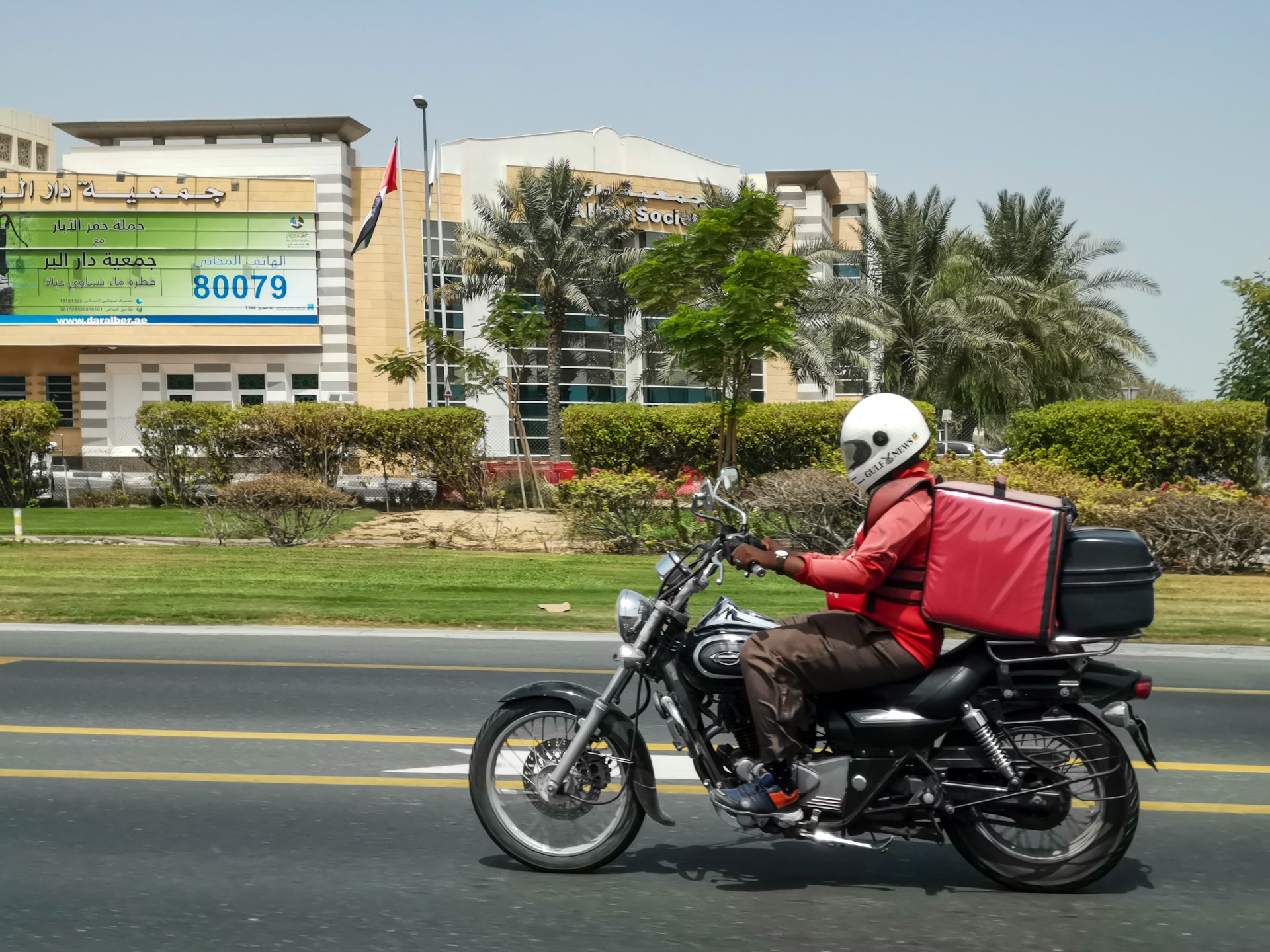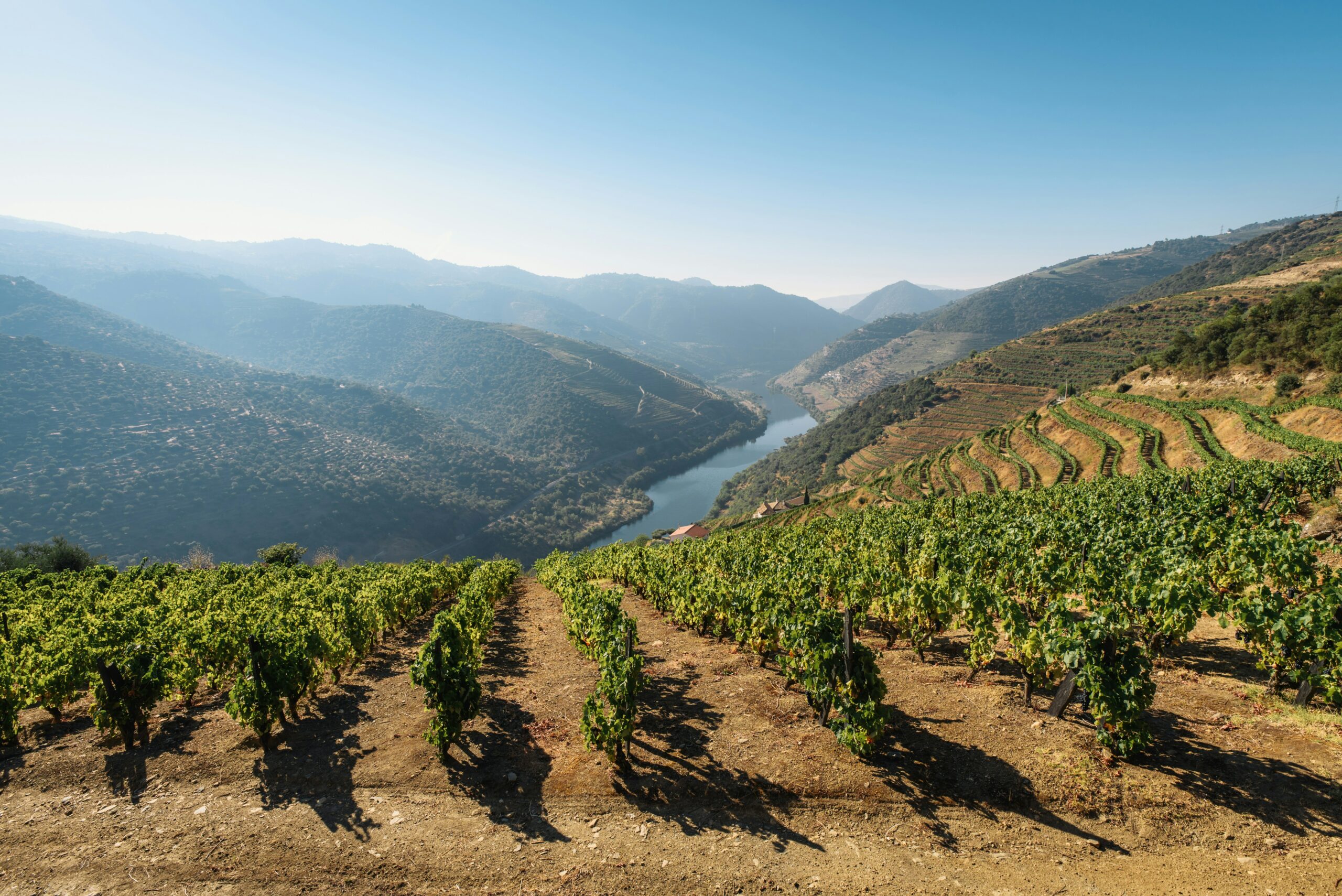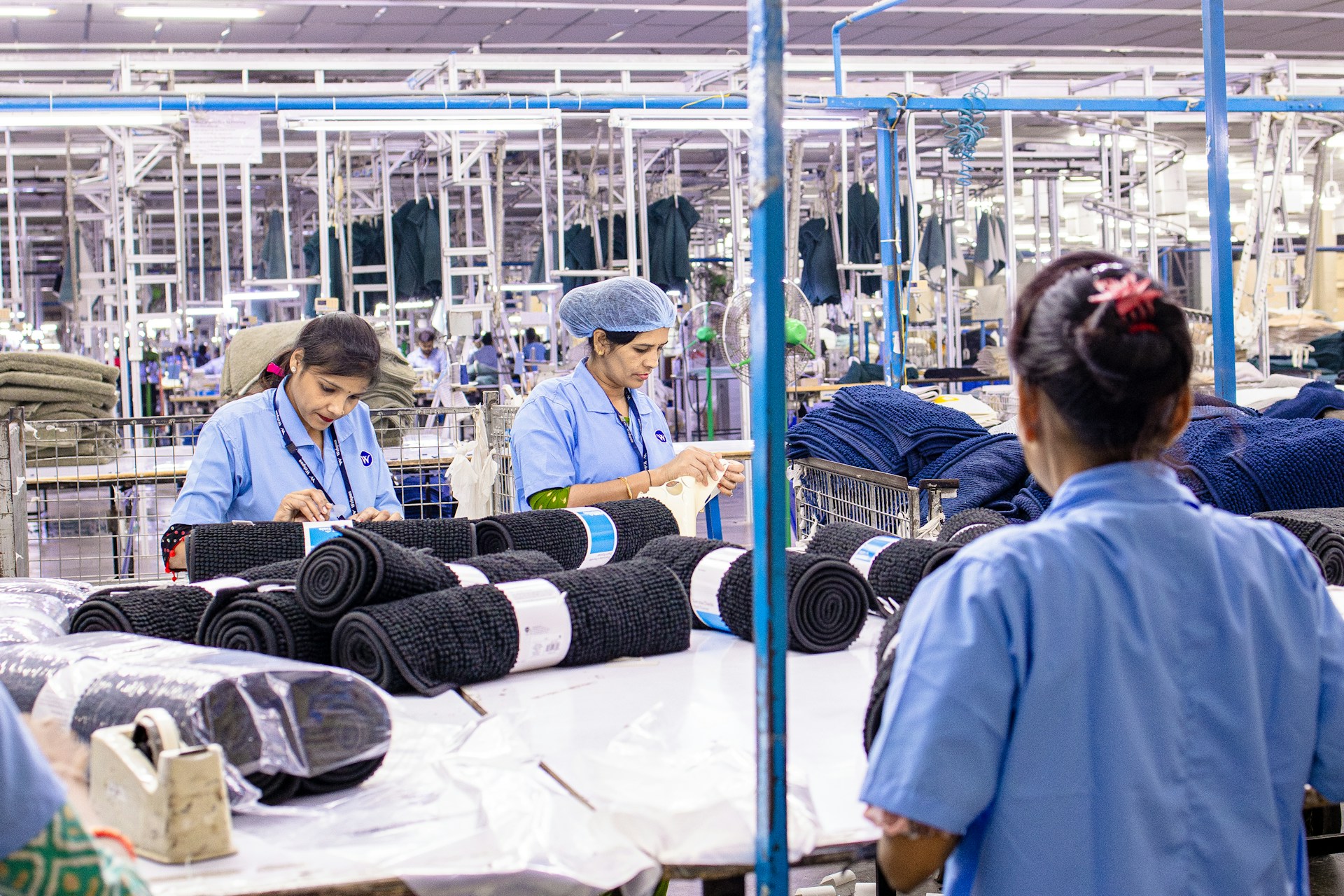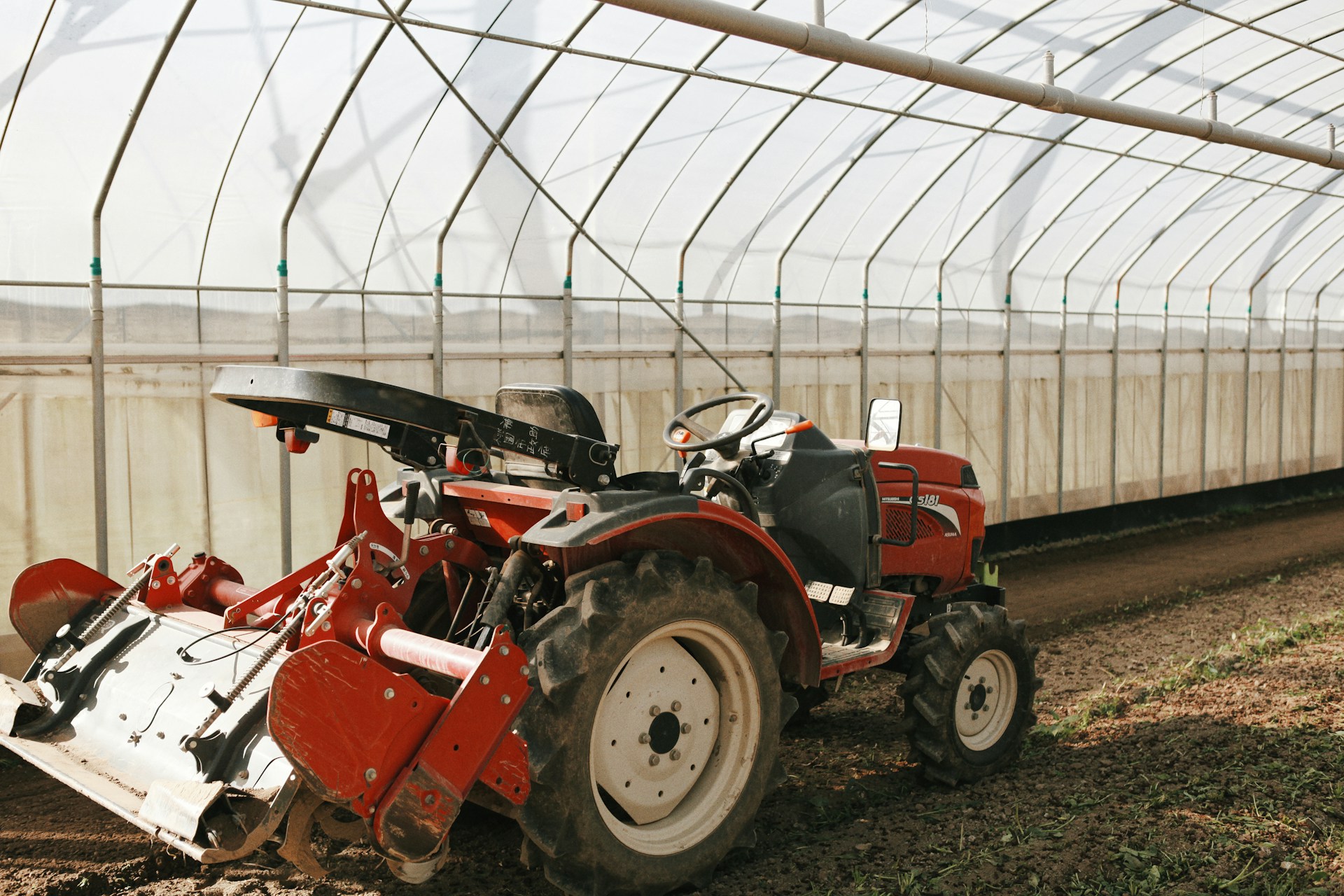Casablanca – Over the past two decades, Moroccan women have become a cornerstone of the country’s social and economic transformation. Once confined to limited roles in education and employment, they are now at the forefront of Morocco’s development, contributing to innovation, entrepreneurship, and family sustainability. Yet, despite impressive progress in education and urban participation, gender inequalities continue to challenge full economic inclusion.
Recent reports from the High Commission for Planning (HCP), particularly the 2025 edition of “Moroccan Women in Numbers,” shed light on how women’s lives are changing — from education and employment to family structures and leadership. These figures reveal both a story of advancement and a call for deeper institutional reform.
An expanding demographic and social force
As of 2024, Morocco’s female population stood at 18.3 million, slightly exceeding the male population of 18.2 million. Nearly half of Moroccan women (48%) now live in urban areas, marking a clear demographic shift toward cities where educational and professional opportunities are more accessible.
Urbanization has been a powerful driver of women’s empowerment. With better access to schools, universities, and digital technologies, women have achieved significant educational progress. The female literacy rate now reaches 72% nationally, a major leap from barely half that figure two decades ago. Among young women, literacy approaches near parity with men. In universities, women make up 52% of all students, reflecting a generation that views higher education as a gateway to independence and professional identity.
However, the benefits of this educational expansion are uneven. Rural women still face significant barriers in schooling, technology, and healthcare, perpetuating regional disparities that limit women’s full potential in national development.
Education gains yet labor gaps persist
While women’s education has surged, the economic returns remain limited. The participation rate of women in the labor market stands at only 23%, compared to over 60% for men. Even among highly educated women aged 25 to 59, only 33.9% are active in the workforce, while male participation exceeds 90%.
Most working women remain concentrated in the informal sector, performing low-paid or unprotected jobs in crafts, agriculture, domestic work, and small trade. However, the trend is slowly shifting. In major cities such as Casablanca, Rabat, and Tangier, the number of women entrepreneurs and executives has grown steadily, especially in services, technology, and finance.
Government-backed programs encouraging female entrepreneurship and access to credit — such as “Intelaka” (start) and microfinance initiatives — have enabled thousands of women to start small businesses. Many of these ventures have become vital sources of income not only for their founders but also for their communities. Still, the scale of women’s entrepreneurship remains modest compared to men’s, mainly due to persistent structural constraints: limited access to capital, unequal inheritance laws, and social expectations regarding care and household responsibilities.
Changing families, changing roles
Parallel to economic shifts, Moroccan family structures are undergoing a profound transformation. Women are marrying later (at an average age of 24.6, compared with 32.4 for men), having fewer children (1.97 on average compared with 2.21 a decade ago), and increasingly heading their own households — now 19.2% of families.
These figures signal a broader redefinition of gender roles. Women are moving from the status of “supporters” to primary providers and decision-makers. Divorce, once stigmatized, is now largely accepted, with over 65,000 cases recorded in 2024, nearly 90% of them by mutual consent. This evolution reflects a rise in women’s autonomy and a shift in traditional perceptions of family and responsibility.
The growing number of women who live alone — nearly 29% in 2024 — also highlights both empowerment and vulnerability. Independence often comes with financial and emotional costs, particularly in a society still adjusting to new forms of family life.
A pillar of economic development
Women’s contribution to Morocco’s economy is increasingly visible. According to World Bank and HCP estimates, raising female participation in the labor force by just 10 percentage points could boost Morocco’s GDP growth by up to 2% annually. This potential explains why women’s empowerment is now central to national strategies such as the New Development Model, which envisions a more inclusive and knowledge-driven economy by 2035.
Moroccan women are also gaining ground in leadership and public service. They are more present in local councils, parliament, education, and health sectors, where their influence is reshaping policy priorities. Yet, their representation in senior management and high-level decision-making remains limited.
Bridging policy and reality
Despite these achievements, the gap between women’s evolving realities and public policy remains wide. The Family Code (Moudawana), introduced two decades ago, no longer reflects the complexity of modern Moroccan families. Current social programs often overlook single mothers, divorced women, or female-headed households — groups increasingly at the center of Morocco’s demographic transformation.
Experts and activists alike call for a comprehensive gender strategy, combining legal reform, childcare infrastructure, flexible work systems, and stronger social protection. Such reforms, they argue, are not just a matter of equality but of economic necessity.
A future defined by inclusion
The evolution of Moroccan women reflects a society in transition — one moving from traditional dependence toward shared responsibility and empowerment. Education has laid the foundation; now, equal economic participation must complete the process.
As Morocco continues its path toward modernization, the question is no longer whether women are contributing to development — they clearly are. The real question is whether the country’s institutions, laws, and policies will evolve quickly enough to match their pace.
If they do, the next decade could see Moroccan women not only as beneficiaries of growth — but as its main architects.



